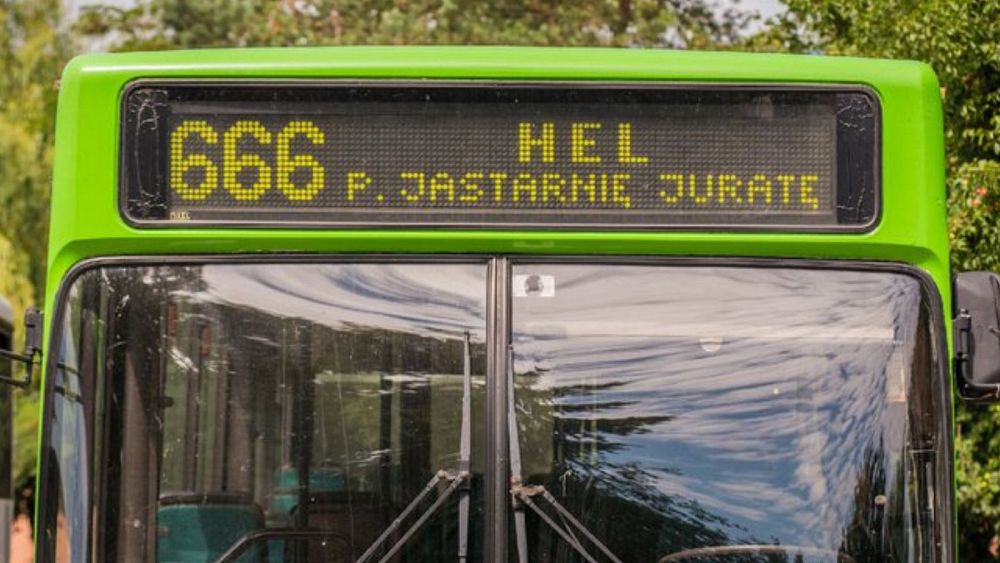Note on Multitude
2015 - Film & Video (Film & Video)
7'43''
Ibro Hasanovic
Note on Multitude is a chilling black-and-white short movie recorded with a single camera in Prishtina, Kosovo, in 2015. The film, beginning in an unidentifiable location, shows a large, bustling and anxious crowd. Soon, the viewer is privy to the setting: a bus station. The film delicately depicts the intimate and emotional movements when families say goodbye, when individuals leave their homes, and when the future, one of a migrant, is unknown. The footage is haunting. The soundtrack to the film, what seems to be ever-increasing voices, conjures great anxiety about the subjects who are about to become migrants, heading towards Hungary, through Serbia, with the hopes to settle in Western Europe. As bodies fall upon each other, all anxious to take a spot in the next departing bus, the faces oscillate between absent waiting mostly seen on the faces of children who are passed into the bus from below, and the nervous faces of men trying to create order in chaos. Hasanovic deliberately deprives the viewer of information about the characters through a lack of dialogue to provide a global perspective of migration. The film implores the viewer to acknowledge and question how and why people seek refuge without providing an answer.
Ibro Hasanovic is a film, video, photographic and installation artist currently based in Brussels, Belgium, concerned largely with the powers of individual and collective memory. As a witness of recent global catastrophic history in Yugoslavia, Hasanovic’s practice is concerned largely with geopolitical and social concerns. His work focuses on micro-events, making History with a capital H graspable on the level of the personal, even anecdotal — a masterly technique described namely by Theodor Adorno and largely employed by seminal artists and writers throughout the 20th century — in an attempt to tackle with excruciating and torturous events such as war, loss, persecution, displacement and torture. Rather than addressing the full-blown horror of recent armed conflicts and ethnical belligerency in a moral or activist mode, the artist casts a closer look at what this entails for the individual or certain groups who are exposed to violence, or the sheer memory of it. Violence, when omnipresent, is not detected as being outrageous and blameful. Rather, ordinary people perceive it as a routinely performed act. Hasanovi? undermines the contemporary epoch that purports violence as a byproduct of politics; as a contemporary status quo.
Colors:
Related works found in the same semantic group
» see more

© » KADIST
Michel Auder
1981Talking Head is a short film in black and white of Auder’s daughter Alexandra, hidden behind a hemp plant, playing with a plastic wrapper and babbling in an imaginative way...



